A Guide to Programmable Logic Controllers (PLCs): Types, Applications, and Basics
27 October, 2022
Share this story
Programmable logic controllers (plc) are mini-computers that help to boost productivity across most sectors in the manufacturing industry. With its importance and relevance in the manufacturing industry, one question is " what is a PLC controller."
The PLC controller is everywhere in most large-scale manufacturing or production industries ranging from oil and gas to mining, glass, textile, and much more.
With its usefulness among large-scale industries, you might have a lot of questions when it comes to this mini-computer. If you have questions such as " what is a plc controller? Plc vs computer, and a lot more, you do not have to worry.
We will be taking our time to answer every possible question you might have regarding what a PLC controller is and a lot more.
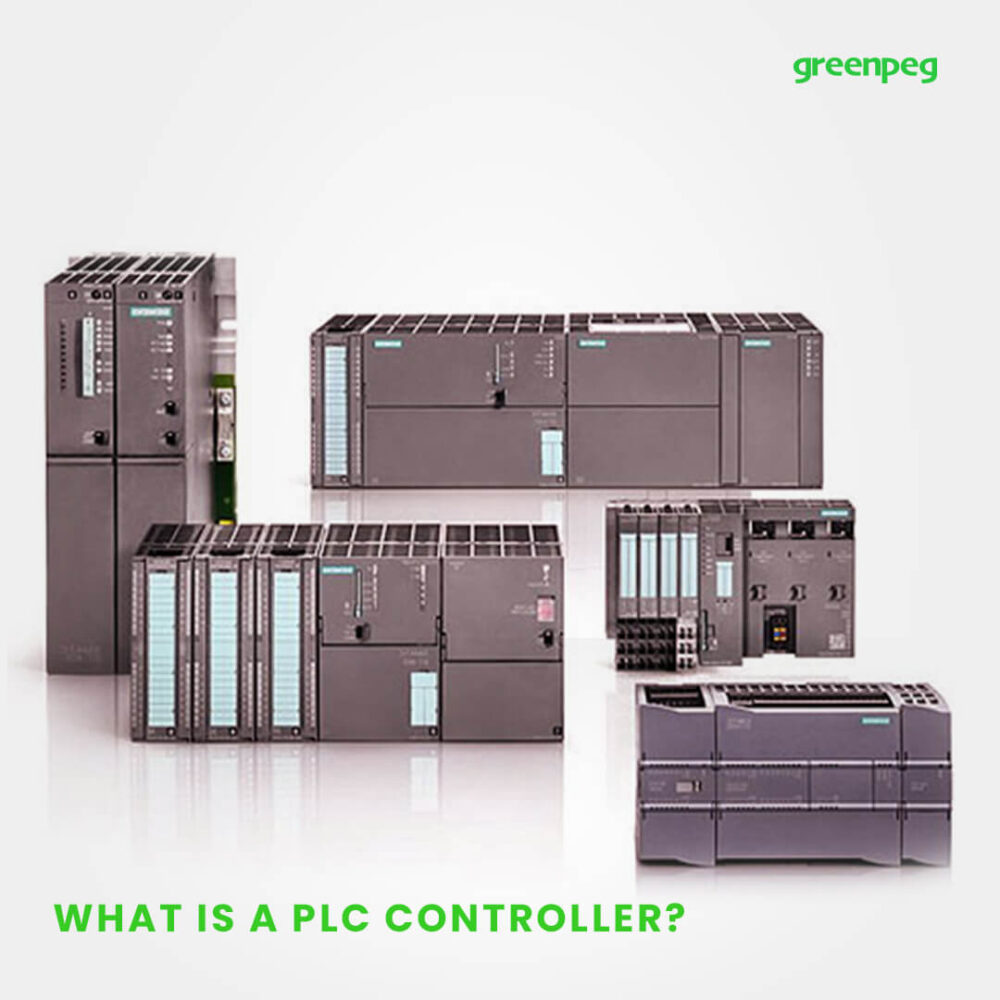 If you want a simple answer to the question, what is a plc controller? The plc controller is a tiny computer that receives data through the input components. The data it receives is sent to the CPU through the communication module. This computer then analyzes the data and sends an output or operating instructions to the connected machines. That is the simplest definition you can get about what is a plc controller.
If you want a simple answer to the question, what is a plc controller? The plc controller is a tiny computer that receives data through the input components. The data it receives is sent to the CPU through the communication module. This computer then analyzes the data and sends an output or operating instructions to the connected machines. That is the simplest definition you can get about what is a plc controller.
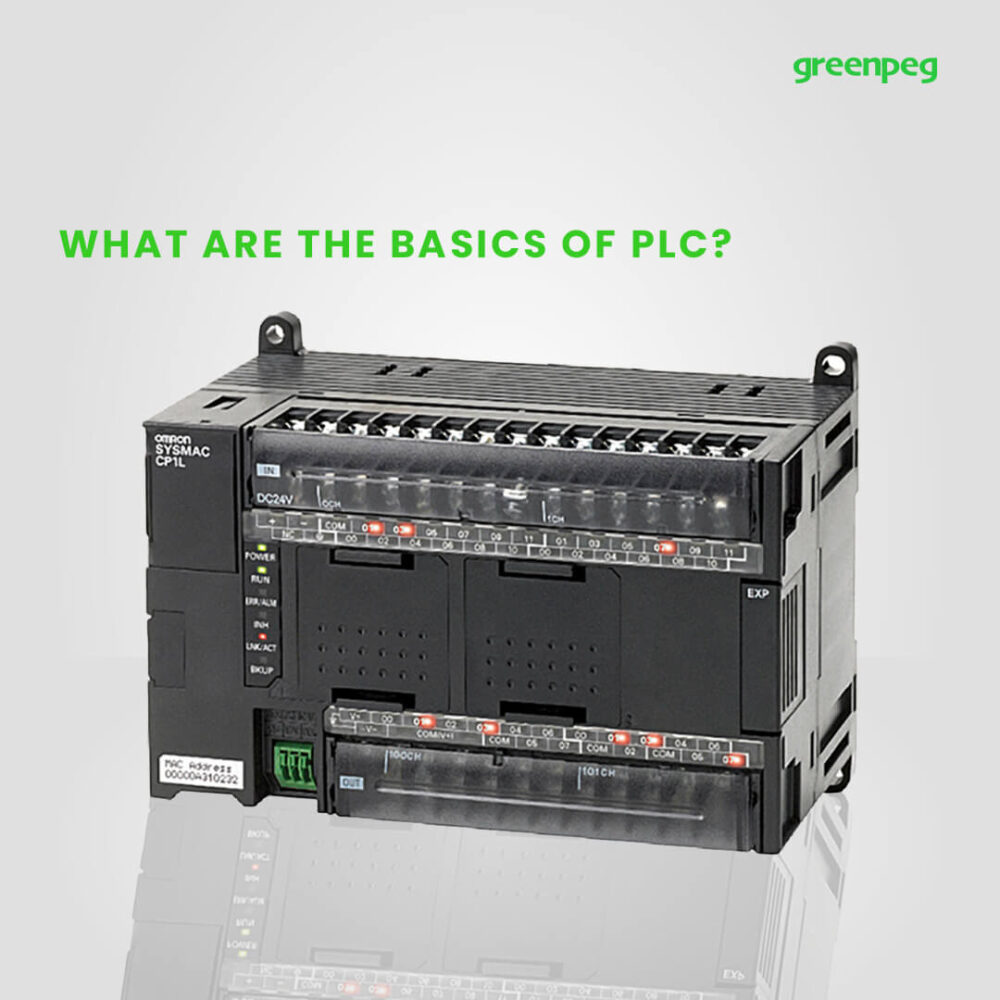 This is where the CPU components such as RAM, ROM memory, and other parts come in handy. The input or information is stored, processed, and analyzed. Once this is done, the CPU sends operational instructions through the communication module to the output. Once the production receives the information, the operating instructions from the CPU will be carried out instantly. Pretty simple, right?
That's just the simplified method of how a plc works. With the way it works, you can even compare the functions to that of a computer. We will be giving you a comparison between plc and computer pretty soon.
This is where the CPU components such as RAM, ROM memory, and other parts come in handy. The input or information is stored, processed, and analyzed. Once this is done, the CPU sends operational instructions through the communication module to the output. Once the production receives the information, the operating instructions from the CPU will be carried out instantly. Pretty simple, right?
That's just the simplified method of how a plc works. With the way it works, you can even compare the functions to that of a computer. We will be giving you a comparison between plc and computer pretty soon.
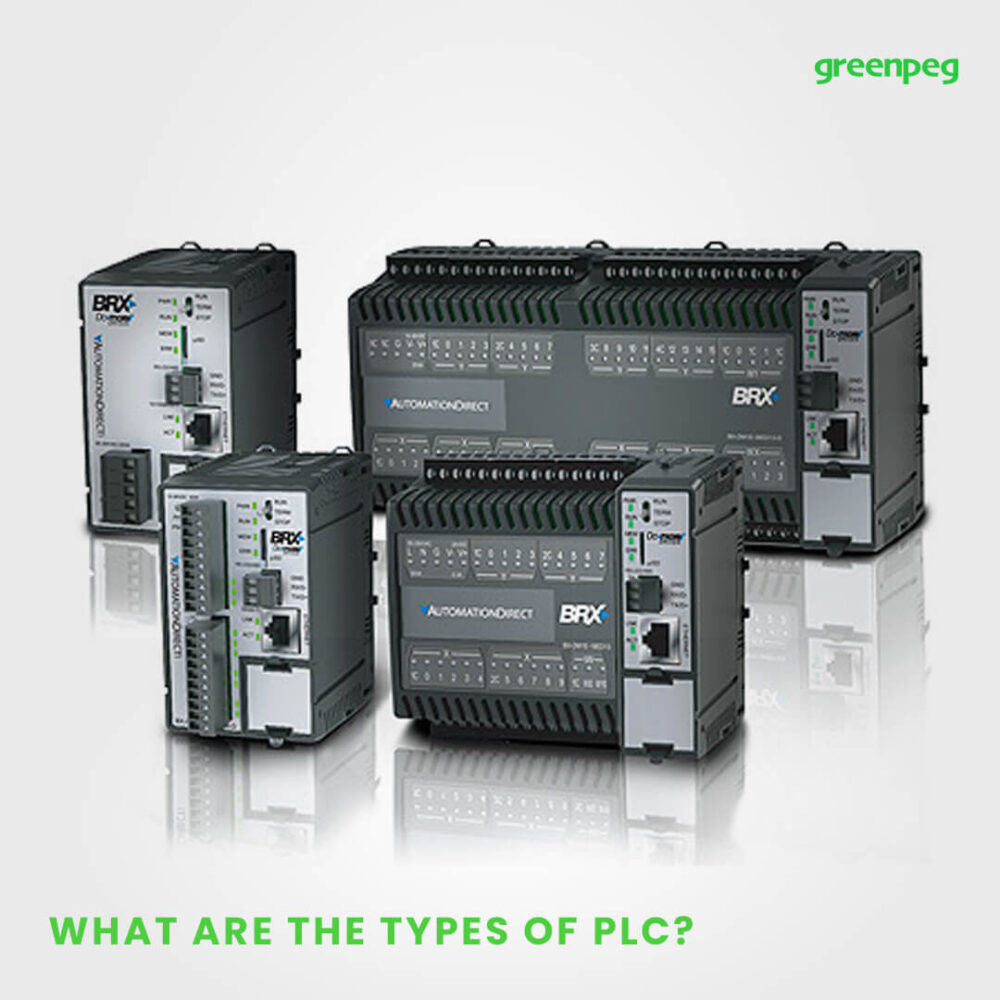 You should know that there are different types of plc, and all of them can be classified in different ways from size to module system, programming language, and a host of other things. Below are different classifications of the types of PLCs you should know.
You should know that there are different types of plc, and all of them can be classified in different ways from size to module system, programming language, and a host of other things. Below are different classifications of the types of PLCs you should know.
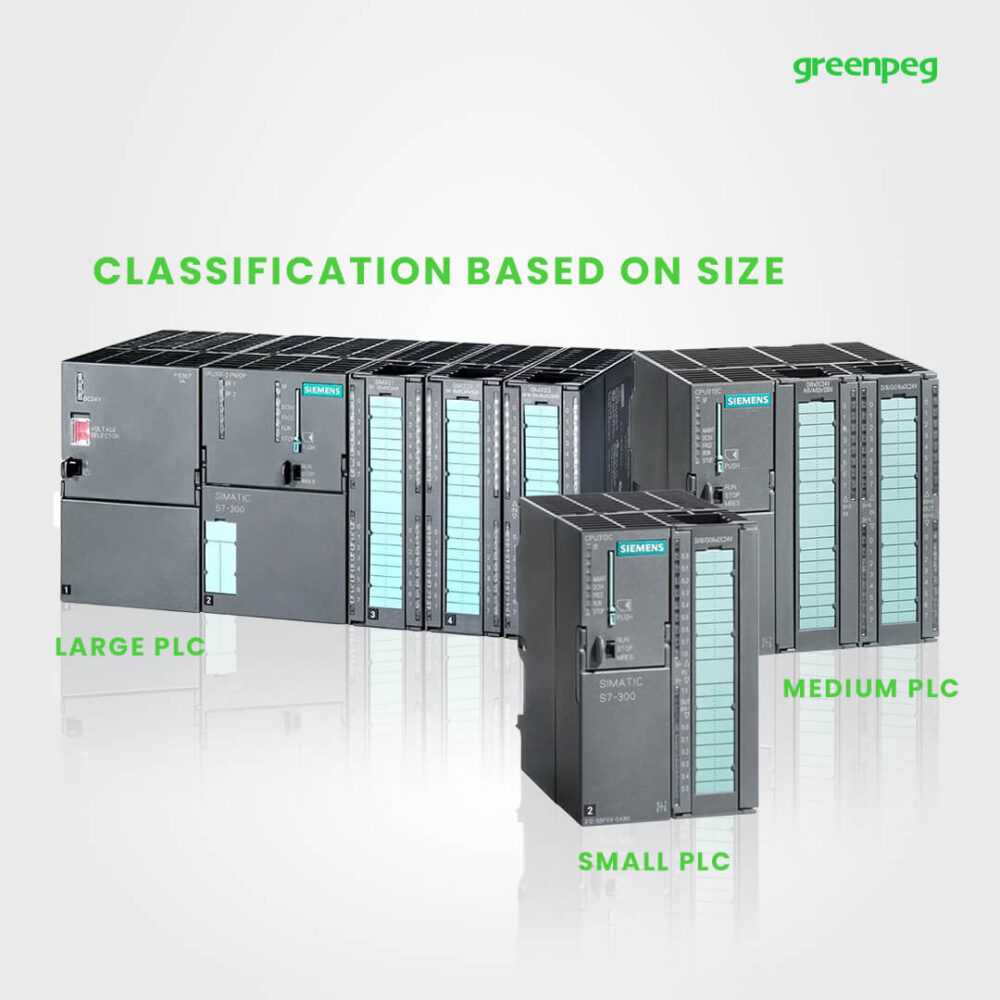
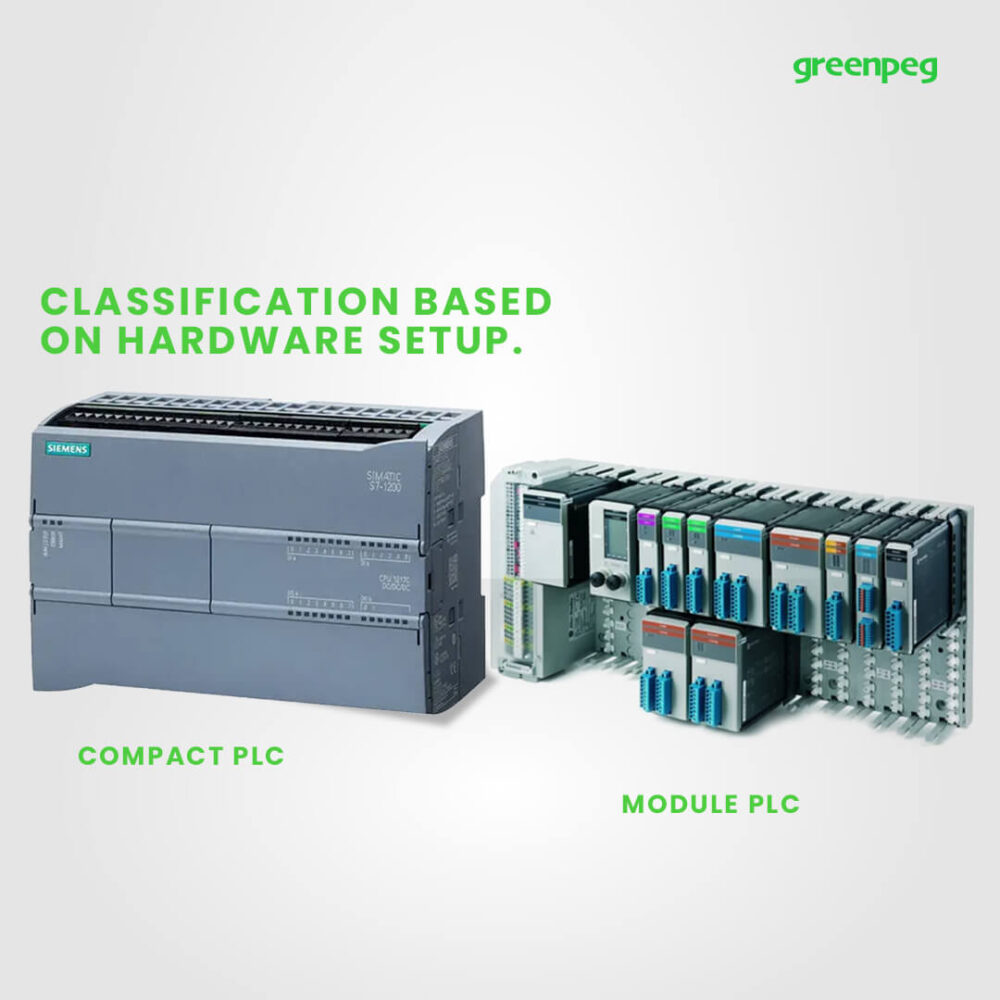
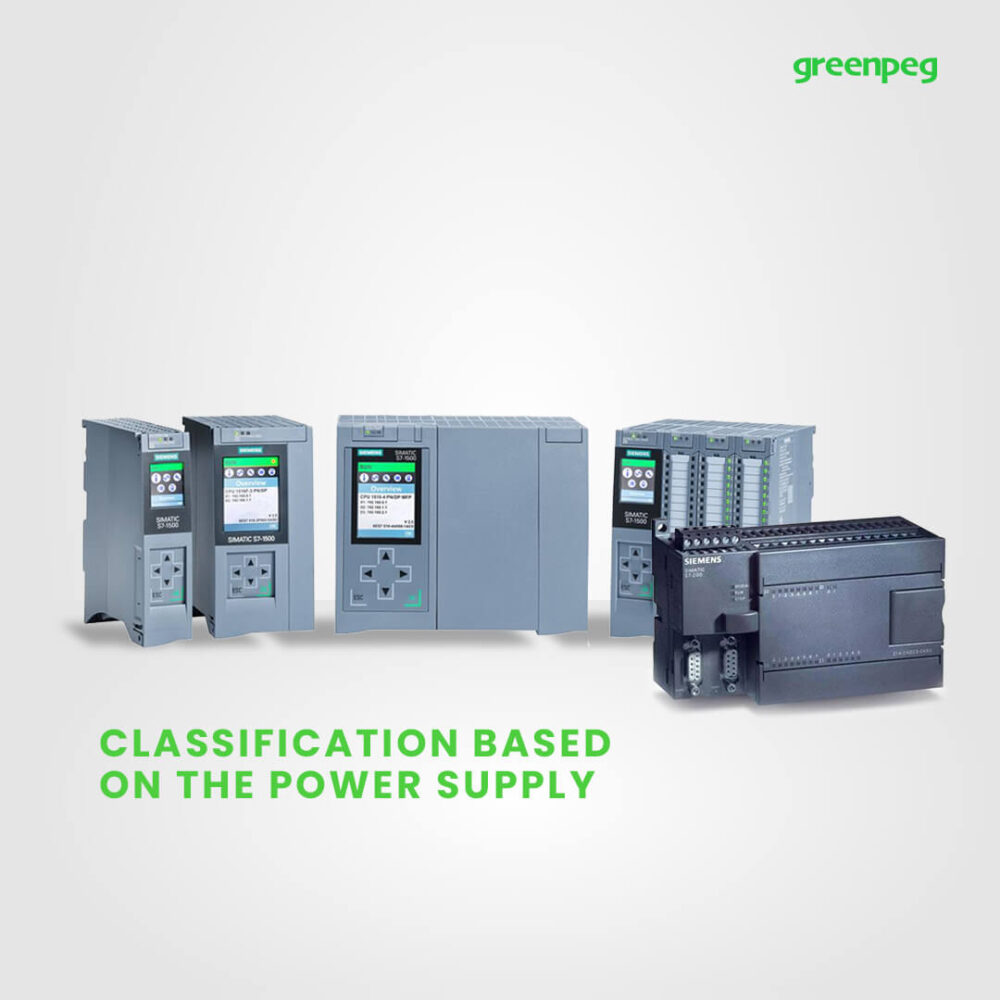 PLCs that have their internal power supply typically come with their own DC voltage already installed. Typically, this is constructed for the circuit breaker located within the storage area. It is safe to say that the inbuilt power storage plc is far superior to the external power supply plc because you will get to save space that would be used for conversion if you used external storage. This is one of the main benefits of the inbuilt power storage plc.
PLCs that have their internal power supply typically come with their own DC voltage already installed. Typically, this is constructed for the circuit breaker located within the storage area. It is safe to say that the inbuilt power storage plc is far superior to the external power supply plc because you will get to save space that would be used for conversion if you used external storage. This is one of the main benefits of the inbuilt power storage plc.
What is a PLC Controller?
When it comes to a plc controller, the questions many people tend to ask are " what is a plc controller? What exactly do they do? How expensive are they? Plc vs computer, which is better?". We are going to be answering all these questions in this article. Let's start with the first question. PLCs can be called mini-computer. This is because they perform the functions or tasks of a computer. They do it differently. PLCs are majorly used in the manufacturing processes of significant industries today. If you want a simple answer to the question, what is a plc controller? The plc controller is a tiny computer that receives data through the input components. The data it receives is sent to the CPU through the communication module. This computer then analyzes the data and sends an output or operating instructions to the connected machines. That is the simplest definition you can get about what is a plc controller.
If you want a simple answer to the question, what is a plc controller? The plc controller is a tiny computer that receives data through the input components. The data it receives is sent to the CPU through the communication module. This computer then analyzes the data and sends an output or operating instructions to the connected machines. That is the simplest definition you can get about what is a plc controller.
What are the Basics of PLC?
Now that we have answered the question " what is a plc controller," you might be curious to know the basics of a PLC. Well, there are many things you should know once you have satisfied your curiosity when it comes to "what a plc controller is." The first thing you need to know is how a Programmable controller work A plc works straightforwardly. The input is communicated through the communication module when signals are from the input or output device. Once this is done, the CPU receives the information. Upon receiving the report, the next thing the CPU does is analyze the data. This is where the CPU components such as RAM, ROM memory, and other parts come in handy. The input or information is stored, processed, and analyzed. Once this is done, the CPU sends operational instructions through the communication module to the output. Once the production receives the information, the operating instructions from the CPU will be carried out instantly. Pretty simple, right?
That's just the simplified method of how a plc works. With the way it works, you can even compare the functions to that of a computer. We will be giving you a comparison between plc and computer pretty soon.
This is where the CPU components such as RAM, ROM memory, and other parts come in handy. The input or information is stored, processed, and analyzed. Once this is done, the CPU sends operational instructions through the communication module to the output. Once the production receives the information, the operating instructions from the CPU will be carried out instantly. Pretty simple, right?
That's just the simplified method of how a plc works. With the way it works, you can even compare the functions to that of a computer. We will be giving you a comparison between plc and computer pretty soon.
What are the Types of PLC?
Now that we have addressed the question " what is a plc controller?", The next thing you should know is the types of plc and their application. You should know that there are different types of plc, and all of them can be classified in different ways from size to module system, programming language, and a host of other things. Below are different classifications of the types of PLCs you should know.
You should know that there are different types of plc, and all of them can be classified in different ways from size to module system, programming language, and a host of other things. Below are different classifications of the types of PLCs you should know.
Classification Based on Size
Regarding PLC types based on size, you should know that there are three major types. Below is brief information on the three types based on size.
Small PLC
As the name implies, a small plc is the type of plc you will find in small machines such as motors and many more. This plc is small and perfect for small appliances as they do not perform many functions. This plc type still has enough memory to store the ladder storage program and much more. They also have communication ports which you might find interesting. The modules in the small plc can be used independently.Medium-sized PLC
This type of plc performs a lot more functions than the small-sized plc. When it comes to medium-sized plc, you can use them to perform functions or tasks such as controlling several cars and assembly lines. Due to its size, it has a much larger memory size than the small-sized plc. Besides the memory size, it has a higher processing speed, expanded communication ports, and many other things. In simplified terms, it beats small plc in everything except portability. A perfect example of this medium-sized plc is the digital to analogue converters you see around you. Communication ports that communicate with field actuators are also another example.Large sized PLC
With the size of this plc, you can control giant machines such as power turbines, power plants, whole building blocks, and a lot more. This is because PLCs like these allow for a different programming language to be written on them. It has the most significant size when it comes to memory and functionality. An advanced digital-to-analogue converter is an excellent example of a large-sized plc.Classification Based on Hardware Setup.
Since we have answered the question " what is a plc," and we have discussed the first classification based on size, the next thing you can use to classify your plc is based on the hardware setup. Below are the various types.
Compact PLC
This variety of PLCs utilizes a micro-based controller. This controller contributes to the management of automation responsibilities. This PLC can be found in a variety of machines, including automobiles and motors. It has a built-in programming language with a user-friendly instruction set, making it simple for you to operate the programmable logic controller.Module PLC
When it comes to classification based on the hardware configuration, this is the second type of classification that can be made. The user is free to program in any language they choose when using a module PLC, in contrast to the compact PLC, which can only be programmed using the system's native language. Compared to the close PLC, it has much more functionality. In addition, it comes with a more significant number of extensions and ports, enabling it to support a wider variety of user-specific functions. You should also be aware of another aspect of the module PLC: the modules can be used independently or apart from the components that have been assembled.Classification Based on the Power Supply
When classifying PLCs, it is essential to be aware of this classification, even though it does not appear very frequently. PLCs that fall into this category can be divided into two distinct groups: those that contain an internal power supply and those that are powered by an external source. PLCs that have their internal power supply typically come with their own DC voltage already installed. Typically, this is constructed for the circuit breaker located within the storage area. It is safe to say that the inbuilt power storage plc is far superior to the external power supply plc because you will get to save space that would be used for conversion if you used external storage. This is one of the main benefits of the inbuilt power storage plc.
PLCs that have their internal power supply typically come with their own DC voltage already installed. Typically, this is constructed for the circuit breaker located within the storage area. It is safe to say that the inbuilt power storage plc is far superior to the external power supply plc because you will get to save space that would be used for conversion if you used external storage. This is one of the main benefits of the inbuilt power storage plc.
